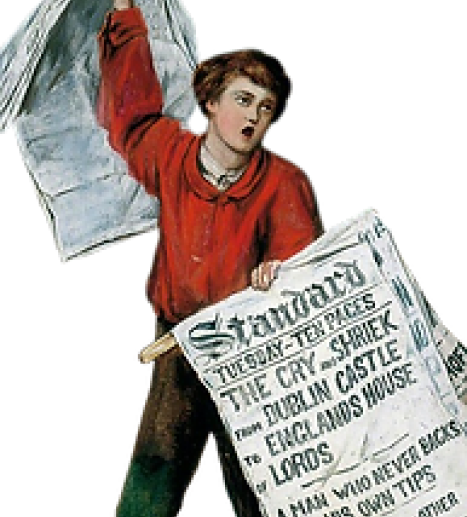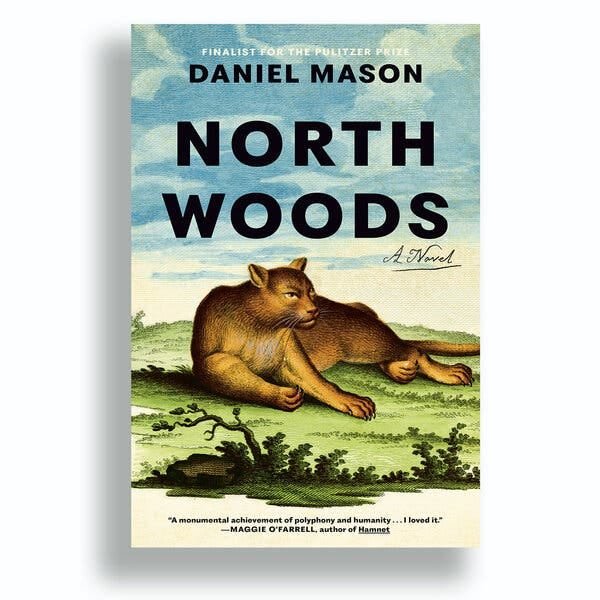A house in Northern Massachusetts, with its vast and domineering landscape, is the Prime Mover of Daniel Mason’s ecological fiction North Woods. This yellow home, constructed prior to the American War of Independence, from which the natural world unfolds and transforms the lives of its inhabitants. A puritan couple, a passionate apple farmer and his life-bonded twin daughters, a crime-writer, reproducing beetles, and a killer catamount are just some of the lives impacted by this single forest cabin. Without obvious urgency, the damage done to the environment plays in the back of a reader’s mind, using cycles to portray the vitality of movement in the survival of the land.
The novel transgresses the sum of the individual time periods it encompasses, paying homage to Heraclitean motion, made all the more significant by the stagnancy maintained in the yellow house. Mason describes the cosmic connections within our natural world and the beauty that is to be found in succession. Without too much direct reference, other than the obvious historical implications, the book feels innately religious. However, aside from the Christianity that accompanies traditional American historical narratives, the story feels overwhelmingly pantheistic. Each blade of grass, mould spore, and chestnut lives, breathes, and partakes in the landscape to an equal degree as the next. Mason utilises a writing style, clearly inspired by traditional fiction, to paint a large-scale portrait of an ever-changing world. He tracks the breeds of animals and plants that live and die, some of which then return and live beside the newest additions in their rural dwellings. No species is unwelcome, just as none are deemed irrelevant to the procession of time within this contained space.
Written with the utmost adoration for the Earth and the vitality it inhabits in the way that we, as humans, experience it; the novel spares no form or voice in its dedication to following the events which unfold in the North Woods. The apple orchard is central to the house and its inhabitants, drawing upon images of Eden, reminding us to keep the divinity of nature in mind when reading each story. Mason incorporates traditional fiction, epistolary sections, interspersed poetry, case notes, journal entries, and magazine adverts to wholeheartedly capture every aspect of life born from this house. He dedicates long descriptions to the dynamic landscape and its unique beauty. His work reminds readers of the fleeting nature of individual life on Earth and our place as small stretches of land in an ever-growing journey. It honours the traditions of Native Americans and the centrality of the physical land above all else. No story is given more significance than the next; the mating ritual of a beetle is given the same light as the development of a life-changing apple breed, or the scandalous relationship between a painter and a poet. Instead of reminding readers of the banality of life, we instead follow the beauty of the Earth’s collective, and regardless of how small something might be, and its infinite connection to the wider universe.
The plethora of characters that come to live in the North Woods allows readers to understand the breadth of the world around them and the vibrant history that a single plot of land can carry. Sisters who dedicate their lives to their father’s apples must reckon with their intimate relationship and the failures of not producing heirs. A conwoman posing as a psychic, faced with the consequences of her actions, is forced to question her motivations. A crime-writer sensationalises the tragic deaths of murder victims for sales and fame, only to meet his own grizzly end. To all, nature is indifferent and unaffected by mediated actions, instead dictated by the direction of the wind and the cycle of wildlife. The characters come from any and all walks of life, united only by the temporality of their experience at the yellow house. Each narrative leaves many questions unanswered, which, for some readers, might feel frustrating. However, this ever-moving carousel of stories acts as a further manifestation of the fleeting world – we must be reminded that things fall apart, and the centre can certainly not hold.
‘To understand the world as something other than a tale of loss is to see it as a tale of change. ’ The cycles continue on; tree roots grow to block the path that someone once took to the fields beyond the forest, but the earth can still be penetrated, and the mud can still be felt between your fingers. A thought that may feel overwhelmingly tragic in its complexity is treated with such care and grace that you almost forget that any world other than the North Woods exists. Ultimately, Mason’s work is an ode to the natural world as a powerful and fragile force that deserves to, in equal magnitudes, be protected, submitted to, and marvelled at.





















